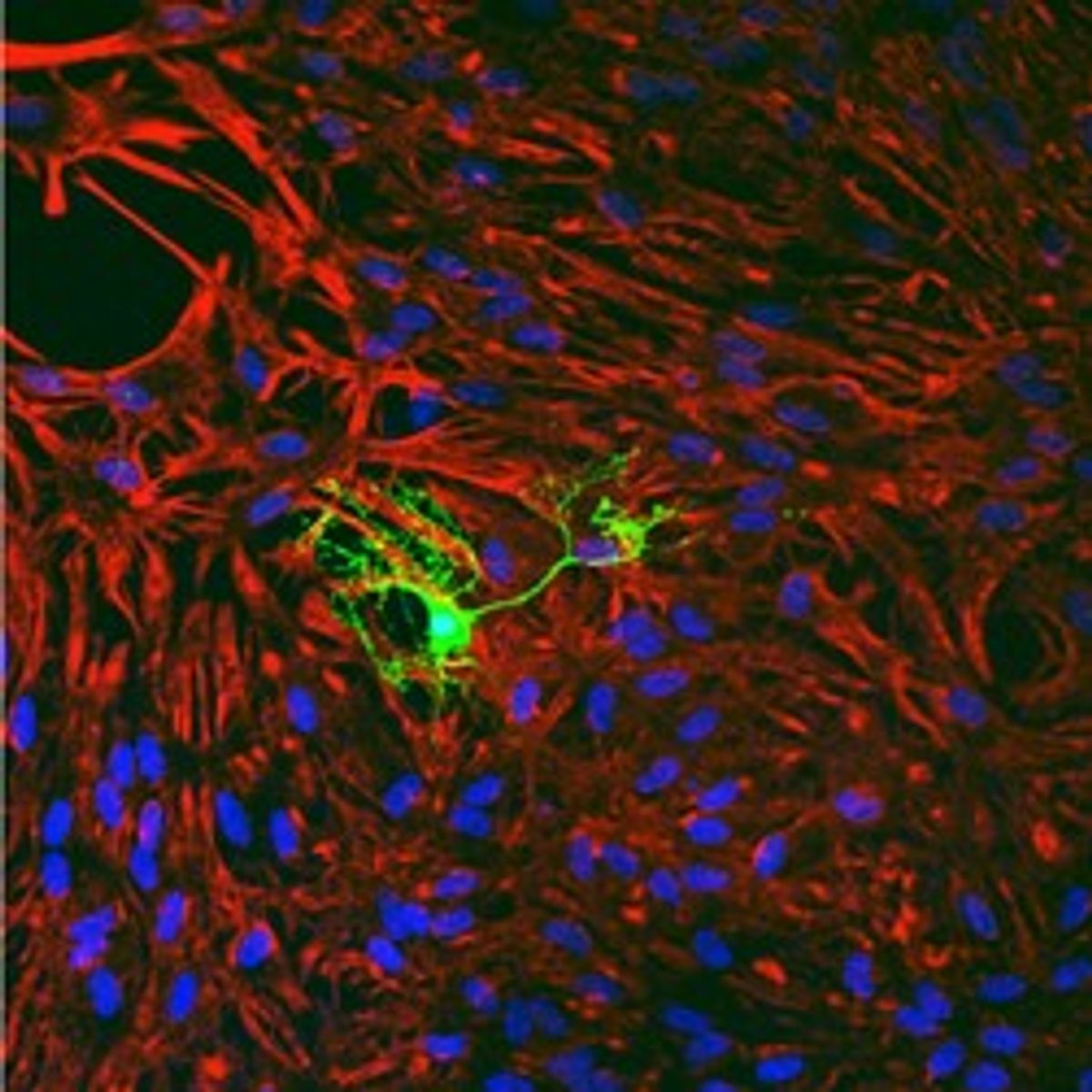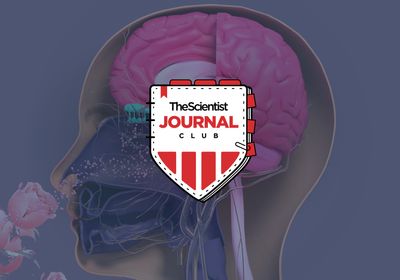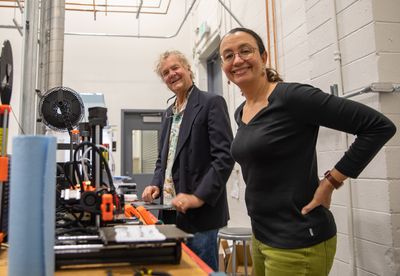If the nervous system is an information highway similar to the internet, the myelin sheath is the signal booster that helps the Wi-Fi quickly and consistently reach every room in a home. Just as a patchy internet connection disrupts the flow of information from router to electronic device, demyelination slows or halts nerve impulses between the central nervous system (CNS) and the rest of the body. Cells that are responsible for making myelin are called oligodendrocytes. In a healthy CNS, oligodendrocyte precursor cells (OPCs) migrate to sites of demyelination and produce oligodendrocytes. However, this process is disrupted in demyelination disorders such as multiple sclerosis (MS).1,2
In MS, a patient’s immune system mistakenly attacks the myelin sheath. Inflammation damages the neurons left vulnerable by demyelination, and causes a range of symptoms, including vision loss, muscle weakness and dysfunction, and sensory changes.1,2 Current MS therapies target the immune system to slow disease progression, but scientists seek a more direct therapeutic approach.3 “Just by stopping the immune system, you can’t recover the myelin that’s degraded,” explained Xitiz Chamling, a neuroscientist at Johns Hopkins University. “There is a huge interest in this field to re-establish myelin, which is called remyelination.” This interest stems from the potential to cure or reverse the disease with treatments that promote myelination by oligodendrocytes.3

Chamling develops tools that scientists can use to search for remyelination therapeutics. In their latest work published in iScience, Chamling’s team created a stem cell-based high-throughput screening platform to identify small molecules that promote remyelination, finding old and new drug candidates to treat MS.4
The researchers built the platform by genetically engineering human pluripotent stem cells (hPSCs) with three reporter genes. They used CRISPR-Cas9 to introduce genetic instructions that tell the cells to create protein tags in specific contexts, allowing the researchers to visually monitor and physically capture the stem cells that differentiated into OPCs and oligodendrocytes. Chamling’s team then screened thousands of therapeutics with the potential to promote OPC maturation. “Finding the right drug or therapeutic tool to push those OPCs to mature into oligodendrocytes and help them form myelin is really interesting,” said Chamling.
His work is a unique approach among other established high-throughput screening platforms in the hunt for remyelination therapeutics. “All of the past assays for the screening component have been in rodent systems, both primary and pluripotent stem cell-derived. The challenges of the human system are numerous, and this group really put a lot of effort into tackling each of those challenges,” said Paul Tesar, a developmental biologist from Case Western Reserve University School of Medicine and co-founder of Convelo Therapeutics, who was not involved in the study. “We were really excited when this paper came out, because it provided the first scalable ability to screen in human oligodendrocyte progenitor cells.”
Chamling’s research team used their platform to identify new molecules that promote myelination and corroborated many hits that other researchers such as Tesar previously identified with rodent-derived stem cell screening platforms. This solidified the validity of this new hPSC-derived system and opened opportunities to investigate human-specific pathways on a large scale. “I think it's likely that there are human-specific factors that we could go after,” Tesar explained. “Whether or not they're better or worse than the ones that are conserved across species is a separate question, but I think this does open up a new ability to explore human oligodendrocyte development, which is exciting.”
References
- Wingerchuk DM, Carter JL. Multiple sclerosis: current and emerging disease-modifying therapies and treatment strategies. Mayo Clin Proc. 2014;89(2):225-40.
- Boyd A, et al. Insufficient OPC migration into demyelinated lesions is a cause of poor remyelination in MS and mouse models. Acta Neuropathol. 2013;125(6):841-59.
- Baldassari LE, et al. Developing therapeutic strategies to promote myelin repair in multiple sclerosis. Expert Rev Neurother. 2019;19(10):997-1013.
- Li W, et al. High-throughput screening for myelination promoting compounds using human stem cell-derived oligodendrocyte progenitor cells. iScience. 2023;26(3):106156.





